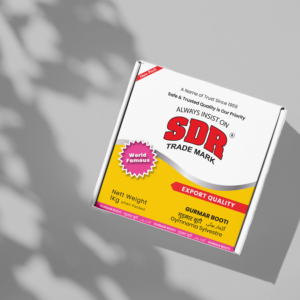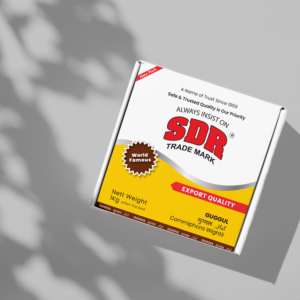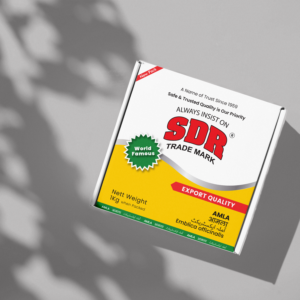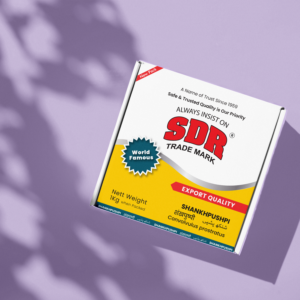Ratanjot is a herb in the family Boraginaceae that is in the genus Alkanna. The plant has dark reddish-black roots and blue flowers. The roots are the most useful part of the plant. Ratanjot has been used as a natural dye since the Stone Age. Fresh alkanet root has a mild smell and a bitter, astringent taste, but when the roots are dried, they almost don’t smell or taste at all, which makes them a great dye. The dye in the root comes out in alcohol and oil, but not in water.
Ratan Jot has long been used to add colour to Indian food. The red colour of the famous Kashmiri dish Rogan Josh comes from the natural food colouring that was used to make it.
Kashmiri Pandits add a nice red colour to their food with a dried herb called Ratan Jot. This spice was first used in Indian dishes like Rogan Josh and Tandoori Chicken, which are very popular. Since artificial food colours came out, this herb isn’t used as much as it used to be. Along with Kashmiri chilies, which look like they are on fire but don’t taste spicy, Ratan Jot gives many Kashmiri and Punjabi dishes their good looks.
The root of the alkanet plant dissolves in alcohol, ether, and oils, but not in water. So, fry about a teaspoon of Ratanjot in two to three tablespoons of hot oil (ghee is a better option for superior flavour). When the liquid turns a deep red colour, pour it through a metal sieve to get rid of the Ratanjot and keep the oil. This oil or ghee will make your curries look like real flames, but they won’t be hot.




